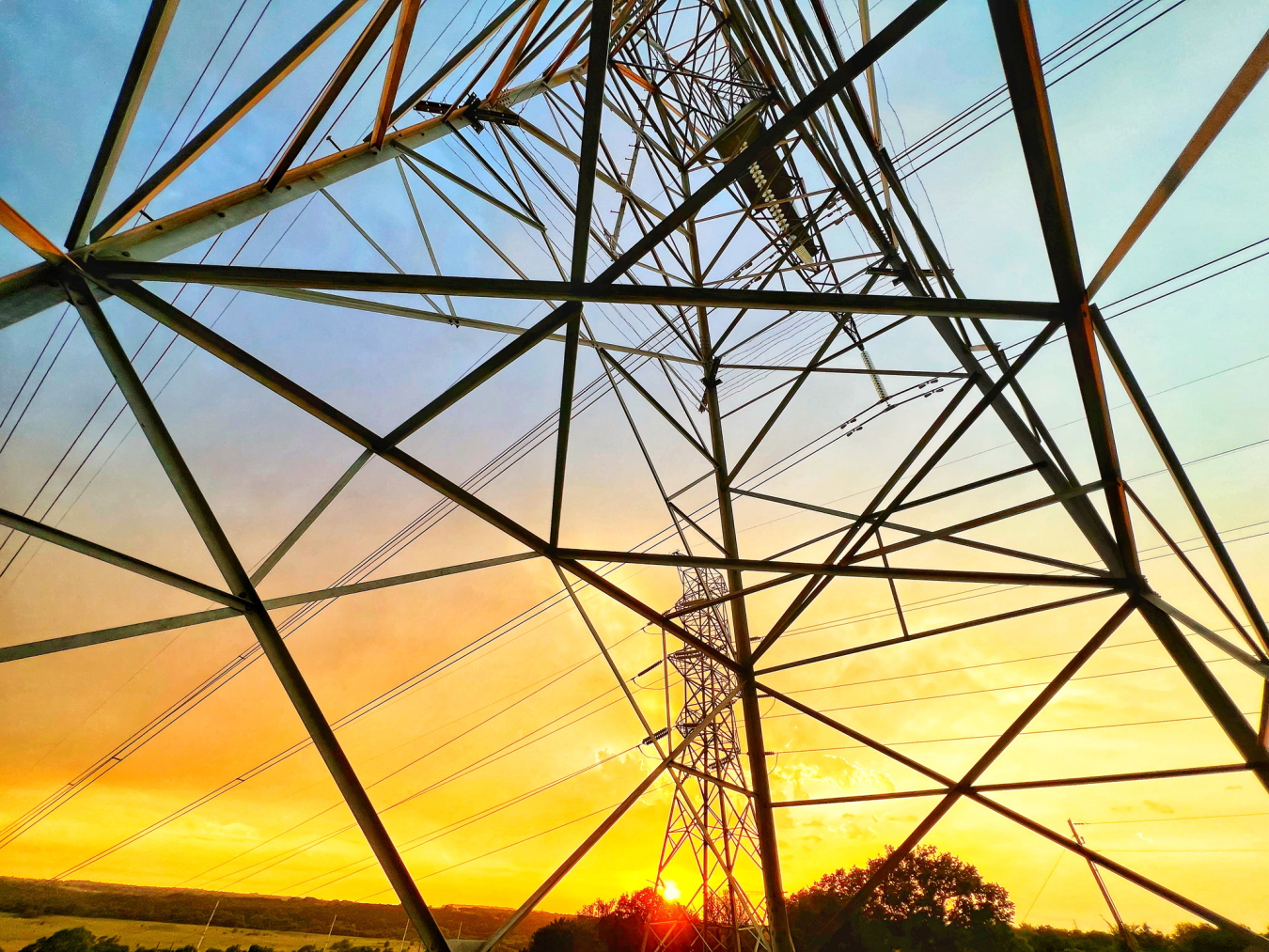Despite continued growing loads, there were no major bulk power system outages in the summer of 2024. Solar and storage generation, along with wind, thermal, hydropower, and other resources, played a central role in keeping the lights on.
November 15, 2024
Despite continued growing loads, there were no major bulk power system outages in the summer of 2024. Solar and storage generation, along with wind, thermal, hydropower, and other resources, played a central role in keeping the lights on. Solar and storage deployment has been increasing rapidly, especially in Texas and California, and helped serve peak demand this summer. During the hour of peak demand on Texas’s grid, solar generated about 18 GW, providing approximately 21% of total generation.
This factsheet evaluated grid performance in "elevated risk" areas of the country during the above average temperatures in the summer of 2024. Rapid deployment of solar and storage, made possible by BIL and IRA investments, is delivering increasing amounts of clean power during hot days when summer demand is the highest. It highlights trends in the evolving grid mix that are helping maintain summer peak reliability in places such as Texas—and how these trends could help maintain future summer reliability in regions throughout the United States and across the world.
Summary Highlights:
The substantial contribution from solar on Texas’s peak day had four impacts on the system’s ability to serve demand:
- Solar significantly contributed to meeting peak demand.
- Solar shifted the period of highest risk to the evening.
- Storage provided a meaningful contribution to the evening demand, enabled by solar generation.
- Solar (and wind) increased the availability of off-peak energy for storage charging.


